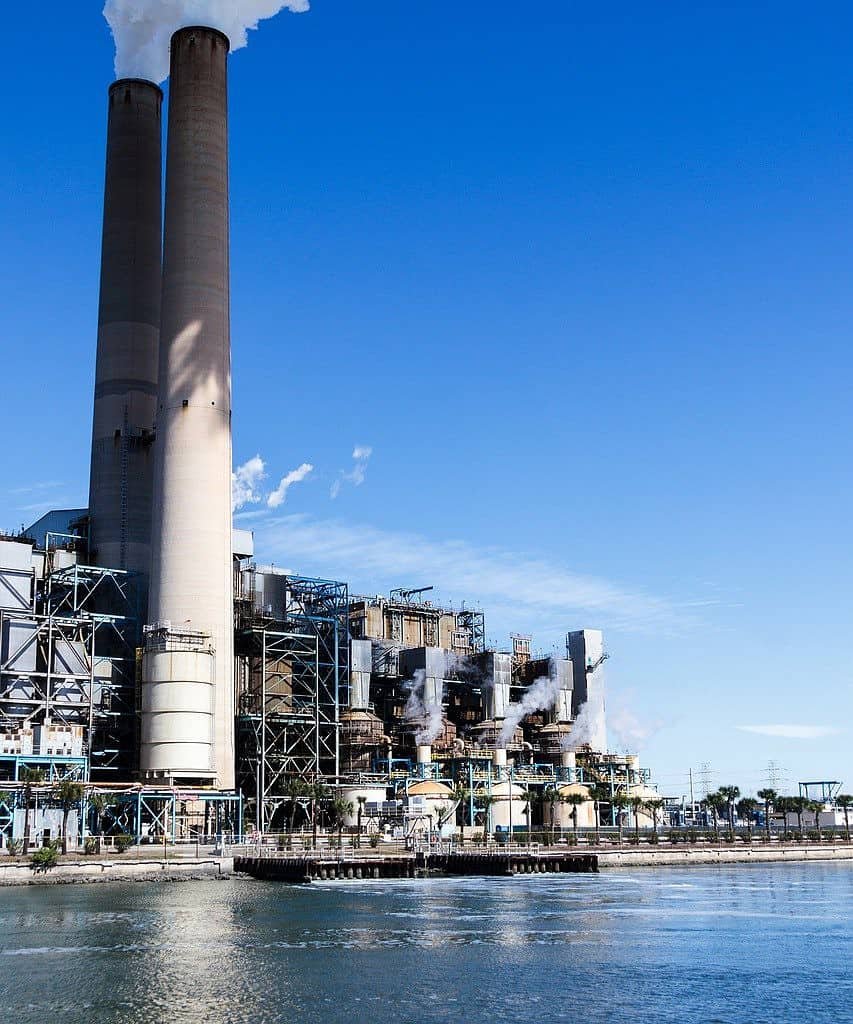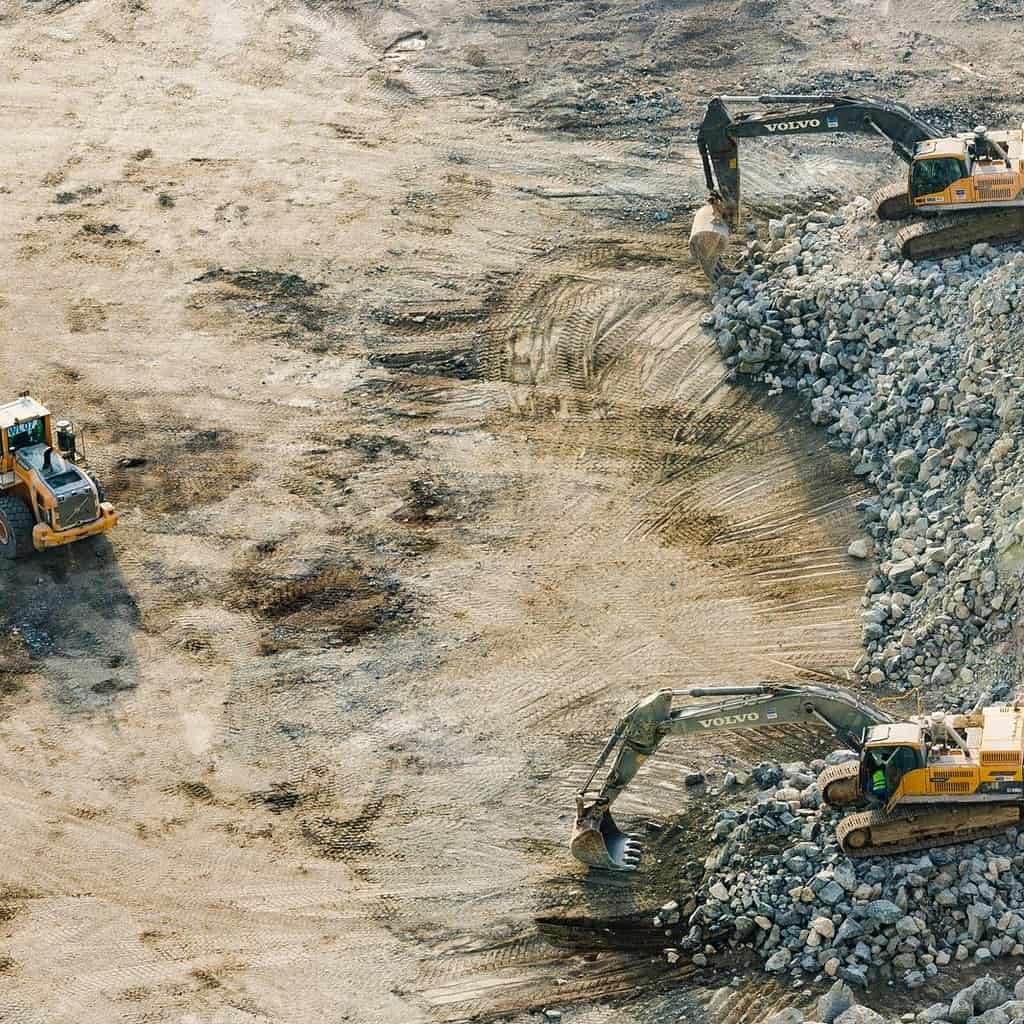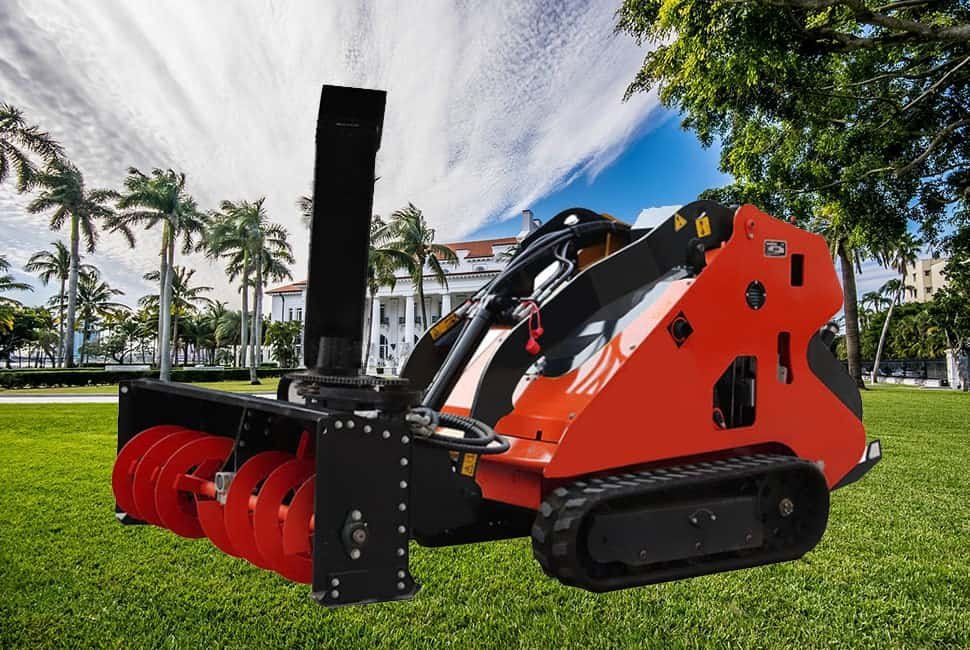
Хикен is a prestigious snow dozer manufacturing company based in China, with over a decade of experience in the industry.
Our unwavering commitment to innovation and performance ensures that every tracked snow dozer we produce meets the highest standards, delivering exceptional reliability and efficiency for snow removal operations and various projects.
HIXEN is a leading roller dozer factory, is committed to manufacturing a diverse range of popular bulldozer models to meet the needs of our customers.
At our snow dozer manufacturing facility, we take great pride in crafting crawler snow dozers that meet the highest industry standards.
Whether you’re working on extensive snow removal projects or seeking reliable machinery for site preparation, our crawler snow dozers are engineered for exceptional performance.
We offer an extensive selection of models, each designed with unique features and capabilities to suit your specific needs.
From compact crawler snow dozers optimized for tight spaces to heavy-duty versions built to conquer the toughest snow clearing challenges, our factory is committed to providing you with the ideal equipment to achieve your objectives effectively.

Бульдозер имеет широкий спектр сценариев применения, следующие являются общими сценариями:

Maximize your machine with helpful tips on settings, features, operation, and more.

From expert tips and videos to the latest offers, we’re making it easier to maintain your Boost Productivity.

Technology for construction helps contractors meet production goals and improve efficiency
Bulldozers are incredibly versatile machines used in a wide range of applications, from construction and site preparation to snow removal in winter.
Whether you’re clearing a construction site, moving heavy materials, or using your bulldozer as a snow dozer to clear roads or parking lots, maximizing its efficiency is key to saving time, reducing operating costs, and extending the life of the equipment.
In this article, we’ll explore essential tips on how to operate your bulldozer more efficiently, particularly when using it for snow removal tasks.
Maximizing efficiency with your bulldozer—whether for earth-moving or as a snow dozer—depends on proper maintenance, optimal use of controls, and understanding the right techniques for different tasks.
By following a few simple guidelines, you can make your bulldozer work smarter, not harder.
To increase efficiency, ensure proper machine maintenance, choose the right blade, and use optimal techniques.
For snow removal, using your bulldozer as a snow dozer with the correct setup and adjustments can make clearing snow faster and more effective.
Regular Maintenance for Maximum Performance
Maintaining your bulldozer is crucial to its performance and efficiency. Regular checks, oil changes, and ensuring that hydraulic fluids and filters are clean will keep the bulldozer running smoothly.
A well-maintained bulldozer is more fuel-efficient, less prone to breakdowns, and delivers better performance in all conditions, including snow.
Proper maintenance—like keeping the engine and hydraulics in top shape—ensures that your bulldozer can handle heavy snow and tough terrain without wasting fuel or causing strain on the engine.
Before using your bulldozer as a snow dozer, ensure it is properly serviced for cold weather conditions.
Cold temperatures can cause fluids to thicken, so always check and replace oils and antifreeze to ensure optimal engine performance in snow-clearing operations.
Additionally, inspect the tracks or tires for wear, as snow and ice can wear them down faster.
Choose the Right Blade for Snow Removal
When using your bulldozer as a snow dozer, the blade configuration is crucial. For snow removal, you need a blade that’s large enough to handle the volume of snow but not so large that it becomes unwieldy in tight spaces.
Opting for a wide blade is generally better for clearing large areas quickly, but if you need to clear narrow roads or driveways, a smaller blade might be more effective.
A wide, adjustable snow blade will allow you to move more snow at once, while keeping the blade at an optimal angle will prevent it from becoming overloaded and ensure that snow is pushed off to the side without straining the engine.
For efficient snow clearing, consider using a blade with a curved or multi-angle design. This setup can direct the snow more effectively, allowing for faster clearing while reducing the bulldozer’s fuel consumption.
Also, make sure the blade height is set to avoid scraping the ground beneath the snow, which could cause unnecessary wear.
Use Proper Speed and Control
The speed at which you operate your bulldozer greatly affects its efficiency, especially in snow-clearing operations.
Many operators make the mistake of trying to clear snow too quickly, thinking that faster speeds will get the job done sooner. However, moving too fast can cause the bulldozer to get bogged down or lead to ineffective snow removal.
Operate your bulldozer at a controlled speed to maximize efficiency. In snow, slower speeds allow for smoother snow clearing without pushing too much snow at once, which could overwhelm the blade or strain the engine.
When using your bulldozer as a snow dozer, be mindful of how much snow you’re trying to push at once. Overloading the blade can cause unnecessary strain on the engine and hydraulics. Moving slower allows the bulldozer to push snow more efficiently, saving fuel and time in the long run. It’s always better to clear smaller sections at a time with controlled movements than rush through the task and risk complications.
Adjust the Blade Position for Optimal Snow Removal
One of the best ways to maximize the efficiency of your bulldozer when working as a snow dozer is by adjusting the blade position for each pass.
Rather than pushing snow in a straight line, angle the blade slightly to push snow off to the side. This technique will help to keep the snow from piling up in front of the blade, which can slow the bulldozer down and lead to excess fuel consumption.
Angling the blade slightly while clearing snow reduces the load on the bulldozer and improves the speed of snow removal. Always aim to move snow to a designated area where it can be safely piled up without obstructing paths.
When clearing snow from a parking lot or road, angle the blade in a way that moves snow to the edges of the clearing zone.
This minimizes the need for additional passes and ensures that snow doesn’t accumulate too quickly in one spot. You’ll be able to clear large areas with fewer efforts, improving efficiency.
Optimize Fuel Efficiency
Fuel costs can quickly add up, especially when your bulldozer is running long hours in harsh conditions like snow removal.
Operating your bulldozer at the right engine speed and using the optimal gears for snow removal can reduce fuel consumption significantly.
A bulldozer that operates at too high of an RPM when not needed will waste fuel, while running at too low of an RPM can lead to inefficient operation.
To improve fuel efficiency, operate the bulldozer at moderate speeds with consistent engine revolutions per minute (RPM).
Don’t over-rev the engine—running at a steady, moderate pace for snow removal will ensure your machine uses less fuel and works more efficiently.
In snow-clearing operations, it’s essential to balance power and speed. If the bulldozer is working in particularly heavy snow, you may need to throttle up slightly.
However, avoid excessive revving. Consistently working in lower gears during heavy snow can improve fuel efficiency and prevent unnecessary engine strain.
Use Wide Tracks for Snow
When clearing snow, the bulldozer’s tracks or tires play a significant role in its efficiency. In snowy or icy conditions, using wide tracks is particularly beneficial as they provide better flotation, which helps to prevent the bulldozer from sinking into deep snow or becoming stuck.
Wide tracks distribute the bulldozer’s weight more evenly across the snow surface, which enhances traction and reduces the chances of getting stuck.
This makes the bulldozer more efficient and less prone to downtime in snow-clearing operations.
Tracks designed for winter conditions often have deeper treads to help improve traction in snow and ice. If your bulldozer doesn’t have winter-specific tracks, consider upgrading them or using wider tracks for better stability and traction when clearing large snowdrifts or navigating icy roads.
Train Operators for Winter Conditions
Training is essential for maximizing efficiency, especially when your bulldozer is being used as a snow dozer.
Snow removal involves different techniques compared to standard bulldozer operations. Operators need to understand how to handle the machine on slippery surfaces and in varying snow depths.
Ensure your bulldozer operators are trained specifically for winter conditions. Proper training includes techniques for handling deep snow, driving on icy surfaces, and making the right adjustments to blade angles and machine speed for effective snow removal.
Training also includes teaching operators to recognize the unique challenges of snow removal, such as dealing with icy patches or wet snow that’s harder to push.
The better trained your operators are, the more efficiently your bulldozer will perform in snow-clearance tasks.
Summary:
To maximize the efficiency of your bulldozer, especially when using it as a snow dozer, focus on regular maintenance, blade adjustments, proper speed, and fuel management. By applying these best practices, you will not only improve snow removal efficiency but also extend the lifespan of your bulldozer and reduce operational costs. Whether clearing a road or preparing a construction site, efficient bulldozer operation is the key to getting the job done quickly and effectively.
Bulldozer is a powerful tracked vehicle equipped with a large blade used for pushing earth, debris, and other materials. It is commonly used in construction, mining, and land clearing for tasks such as grading, leveling, and site preparation.
Есть несколько типов бульдозеров, адаптированных для конкретных задач, в том числе:
Crawler Bulldozers: идеально подходит для грубых мест, обеспечивающих стабильность и тягу.
Колесные бульдозеры: подходит для более плавных поверхностей и более быстрого транспорта.
Mini Bulldozers: предназначены для небольших проектов и узких помещений.
Каждый тип предлагает различные преимущества, основанные на требованиях к работе.
When choosing acrawler bulldozer consider: Размер работы и типа местности. Вес и объем материалов, которые будут перемещены. Ширина лезвия и тип необходимы для ваших конкретных задач. Мощность и эффективность двигателя. Анализ этих факторов поможет вам выбрать наиболее подходящую модель.
Меры безопасности включают: Всегда носите соответствующее личное защитное оборудование (СИЗ). Проведите инспекцию перед операцией, чтобы убедиться, что все находится в рабочем состоянии. Имейте в виду окружающую среду, включая других работников и препятствия. Держите лезвие низким во время путешествий и избегайте внезапных движений.
Regular maintenance is crucial for the longevity of a crawler bulldozer. Техническое обслуживание должно проводиться на основе рекомендаций производителя, как правило, каждые 150–300 часов работы, что обычно включает в себя проверку жидкостей двигателя, фильтров, дорожек и гидравлической системы.
Операторы обычно должны пройти обучение и получить сертификацию, которая подтверждает их знания и навыки в эксплуатации бульдозеров. Сертификаты могут варьироваться в зависимости от местности и отрасли, поэтому важно проверить конкретные нормативные требования для вашего региона.
Напишите нам в WhatsApp
Пожалуйста, заполните эту форму, и мы ответим вам в течение 8 рабочих часов.

Пожалуйста, заполните эту форму, наш полный каталог каждого продукта в формате PDF можно скачать немедленно. Ваша личная информация будет в безопасности.